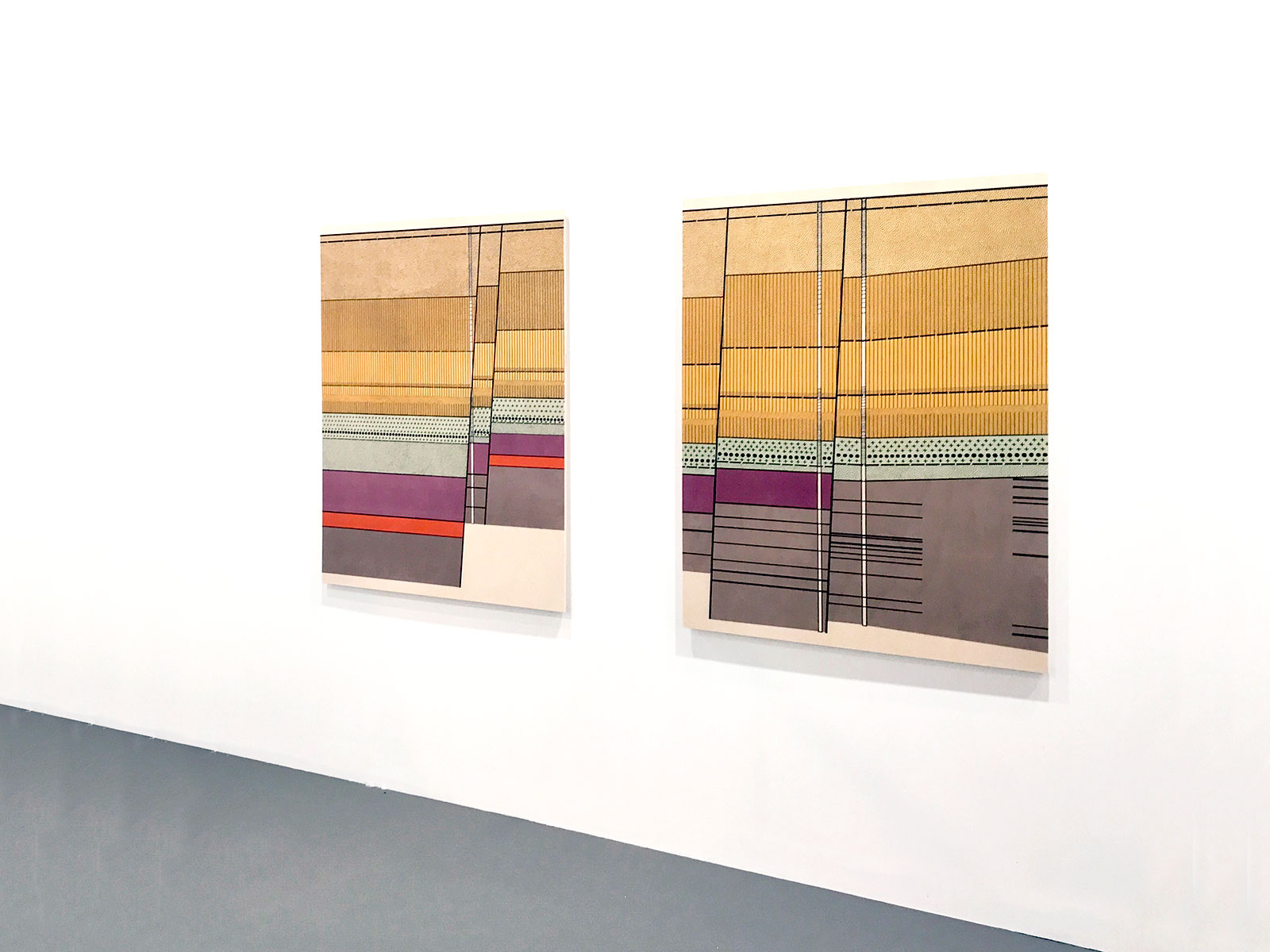Zechstein sea
ZECHSTEIN SEA,
Flowing is not a unique quality of the liquid, and liquid does not only flow. Matter and biomass are subject to a combination of flows and critical points of intensity. They manifest as such in relation to our space/time perspective.
Particularly this last approach led to the Zechstein Sea body of work (2014-2017) which was developed in the Netherlands, where I useD geological procedures and set them in contrast with other processes, as language or social structure, translating or coexisting dynamics of the material and immaterial. The “in between states” of the territory of the Netherlands, not solid, not liquid, always dealing with artifice to allow inhabiting became a major subject in the work joining the physical and the social state of this territory. This works perceive and correlate dynamics of the living and the inert, the anthropic and the natural, the soil and the social, deeply interwoven in the latitude.
The logic of geological strata serve as sediment to a body of work sceptical to anthropocentrism but open to human capacity to transform reality into more relative states. This works are an immediate consequence of that reading of society. Zeichstein Sea is fruit of a long, on-going, collaboration with the company Akzo Nobel that led me to develop a whole project at their salt extraction facilities in Hengelo. Together with the company we dug and obtained a thirty-meter long drilling from a 300.000 million years old dried sea positioned under the Netherlands, Germany and part of Denmark and England. That sea is now a solid block of salt buried 400 meters under the surface. The work emphasizes the “now” in a physical and temporal way and relativizes human scale.
Zechstean Sea (2014-2017) has a second format of presentation consisting on a solution of the extracted salt on water and spread over the exhibition space. The floor has its own topography, an insignificant relief of slight hills and valleys formed by its use that the salt reveals almost as a photographic process.
This format of exhibition can only be exhibited where the sea stands underneath. So in the areas defined by the map above. The reason is to dramatize the physical connotation of then and now. The salt is dissolved and reactivated in the now unleashing it’s latent properties into the actual conditions. The work draws attention to the fragility of actual states of matter -humans and their environment as matter-.
The Zechstein project concludes, with REM-(1916 Relative states of matter) creating a link between geology, and the interpretation of territorry. Based on 1916 drawings that interpret the Dutch soil composition. Unlike this current time, when we have all sort of technology to study the undergrounds composition (from ultrasounds to satellite), 100 years ago the only techniques available were physical tests like drillings in correlation with other studies, so it was a much more romantic and imprecise exercise. The drawings interpreted in REM are a series of approaches to the Zechstein sea bed (marked in red) and depict an approach to that mass of salt, the uneven approach, but also the elemental and symbolic aspect of it.
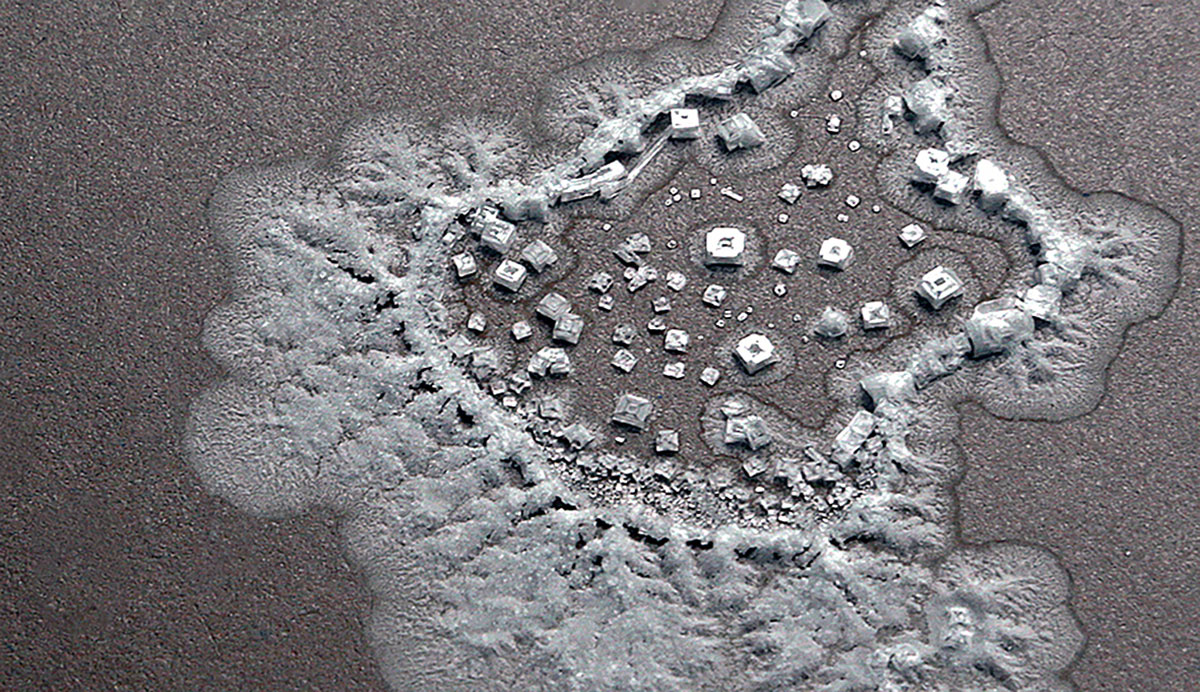
Zechstein Sea, 2015 Installation as seen at Rijsakademie.
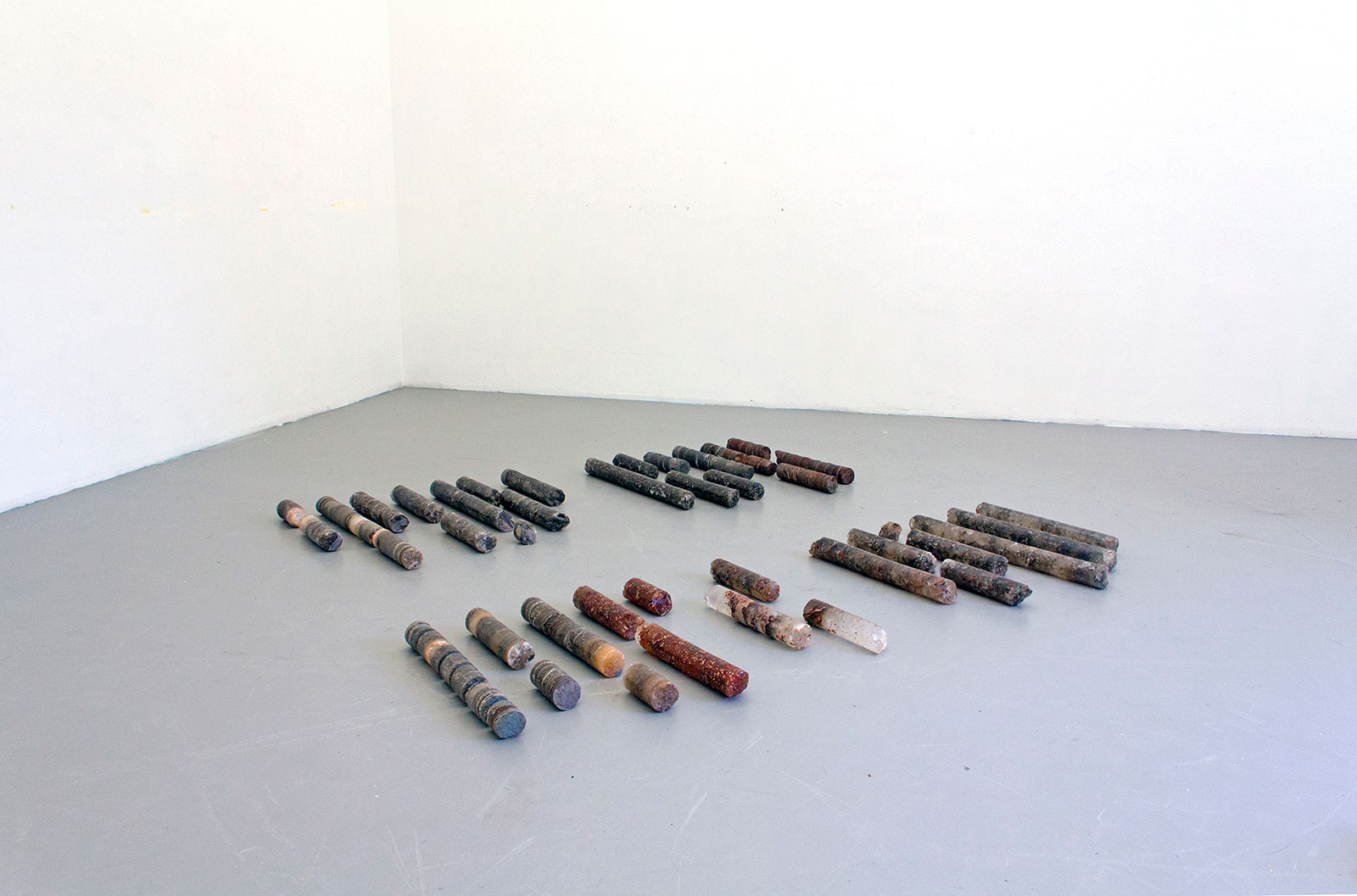
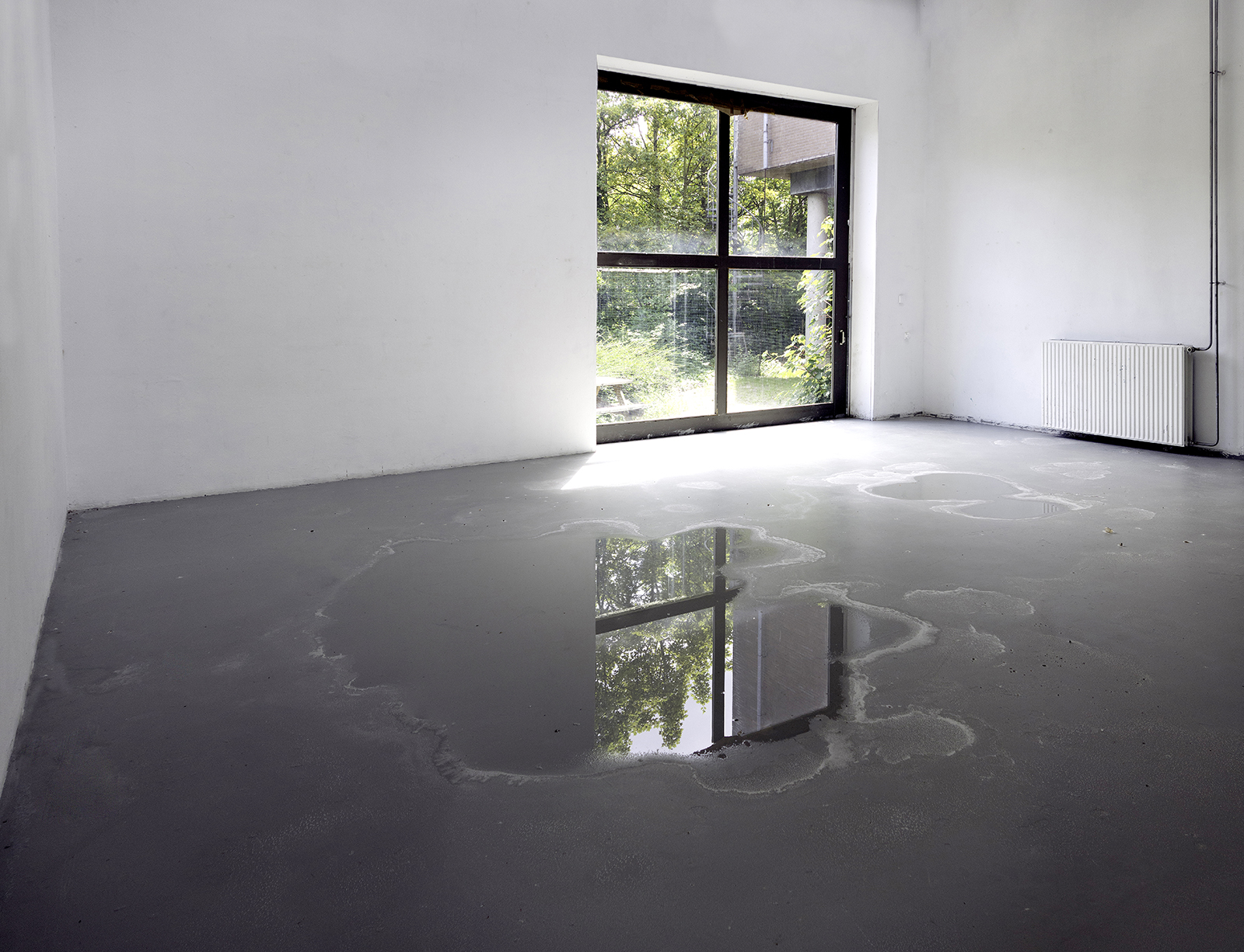
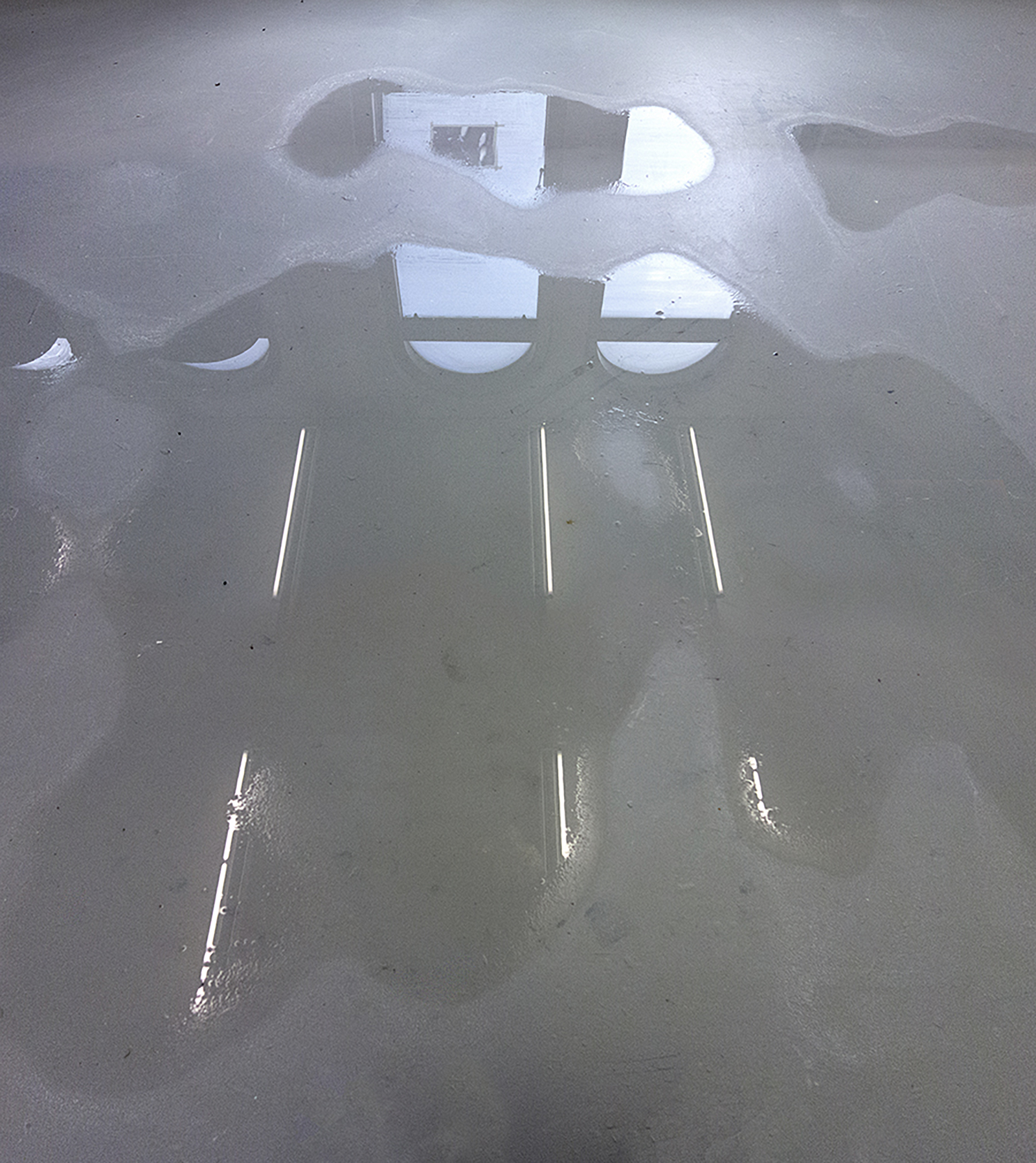
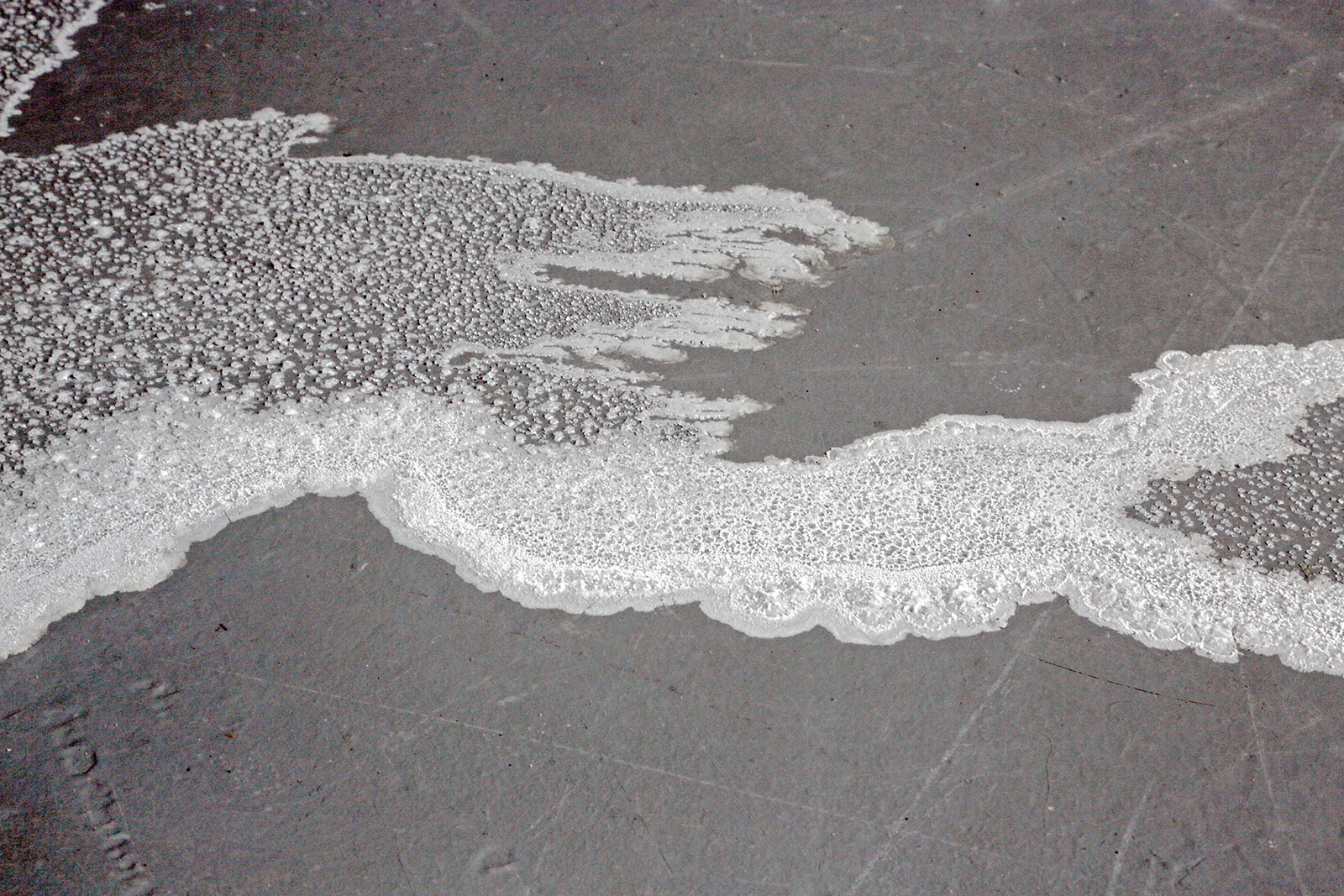
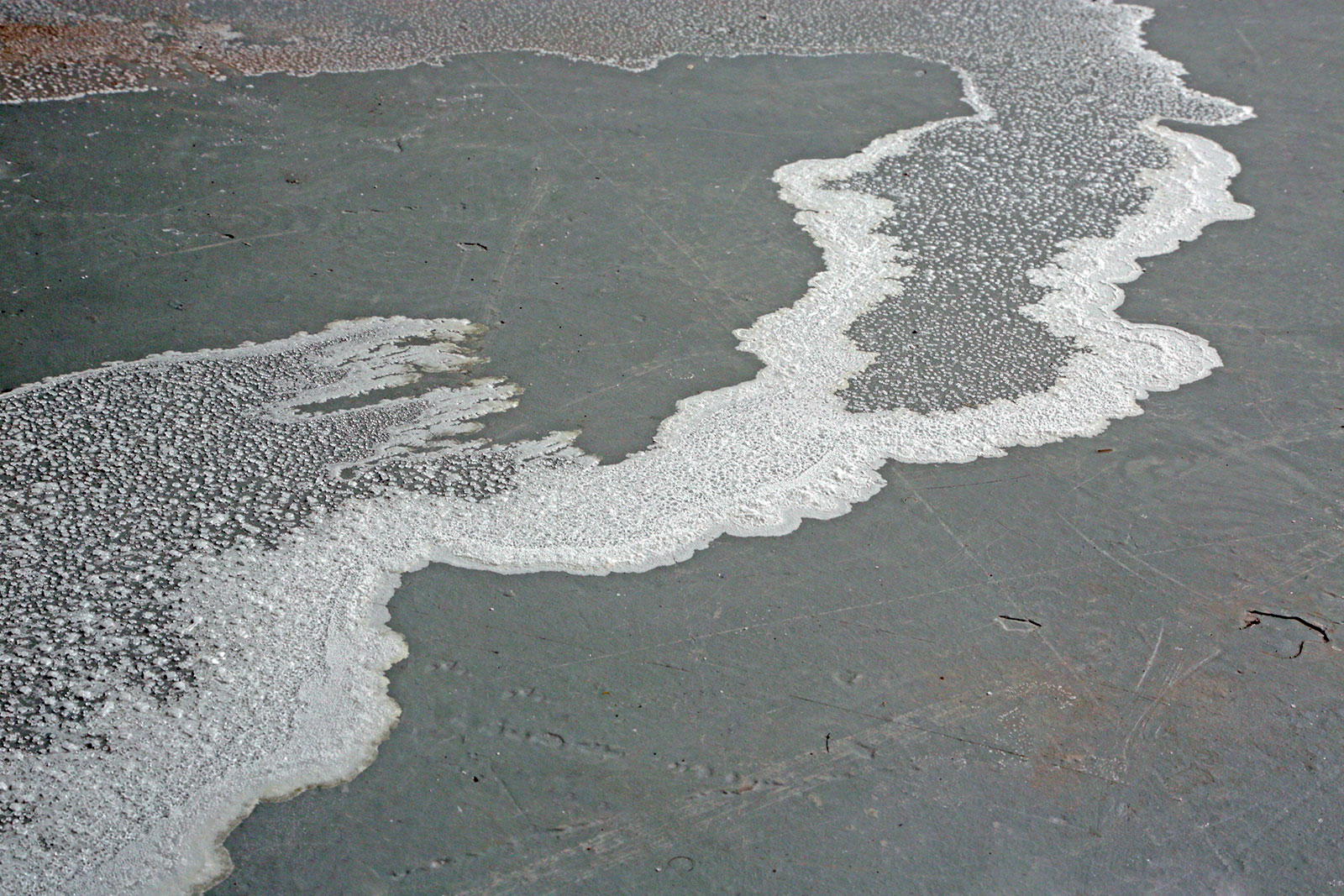
Zechstein Sea, 2016 Installation as seen at Schloss Ringenberg (Hamminkel, Germany).
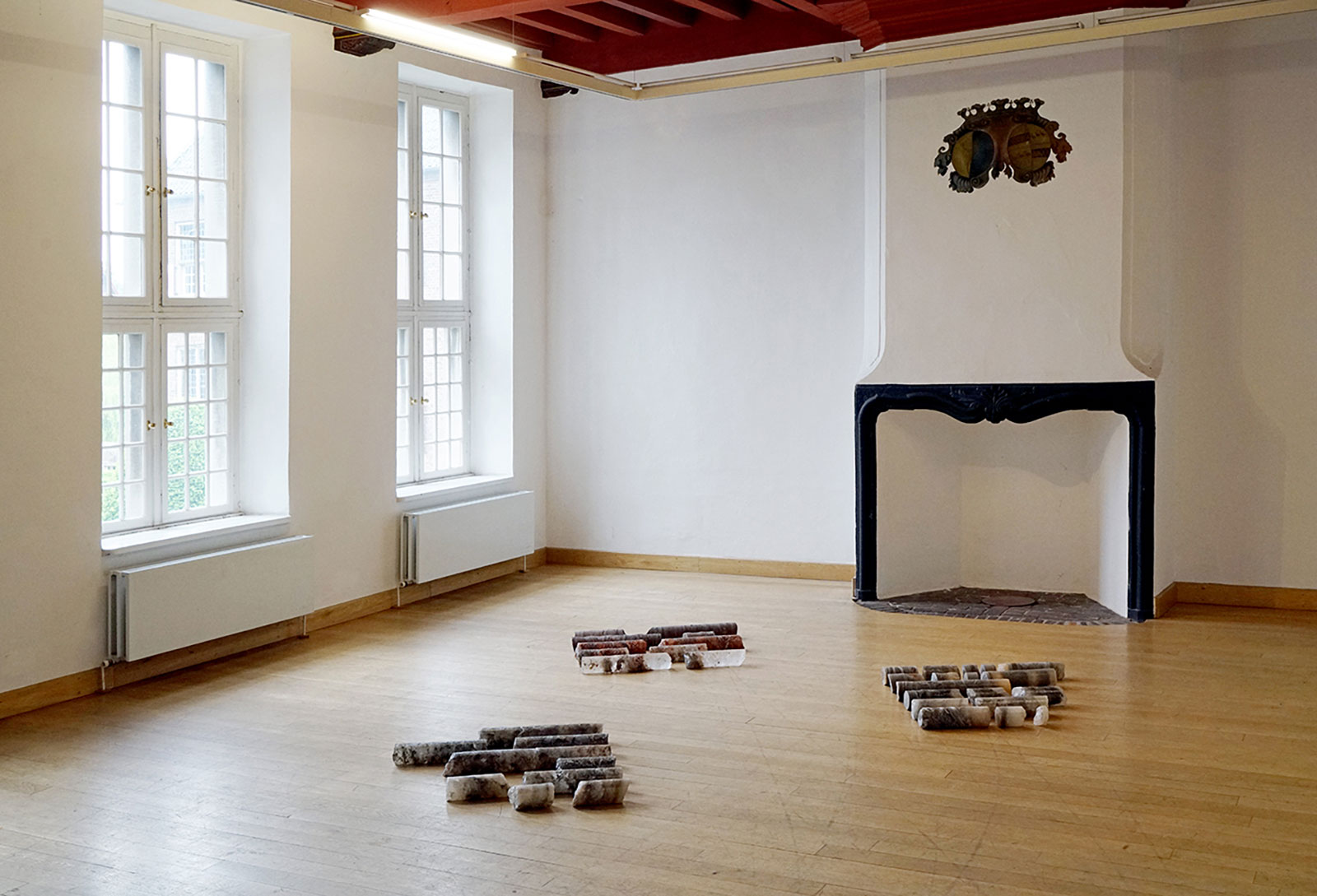
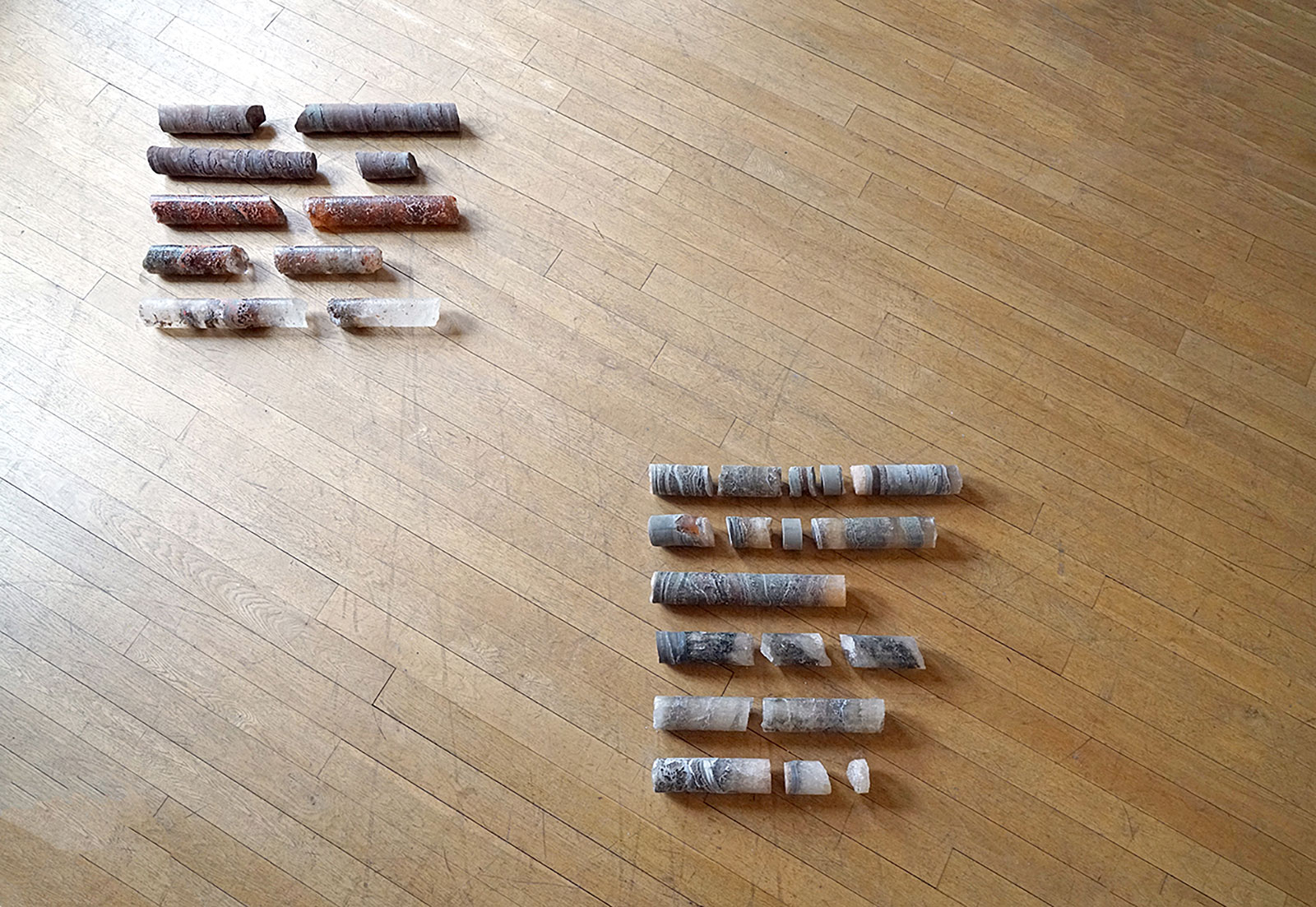

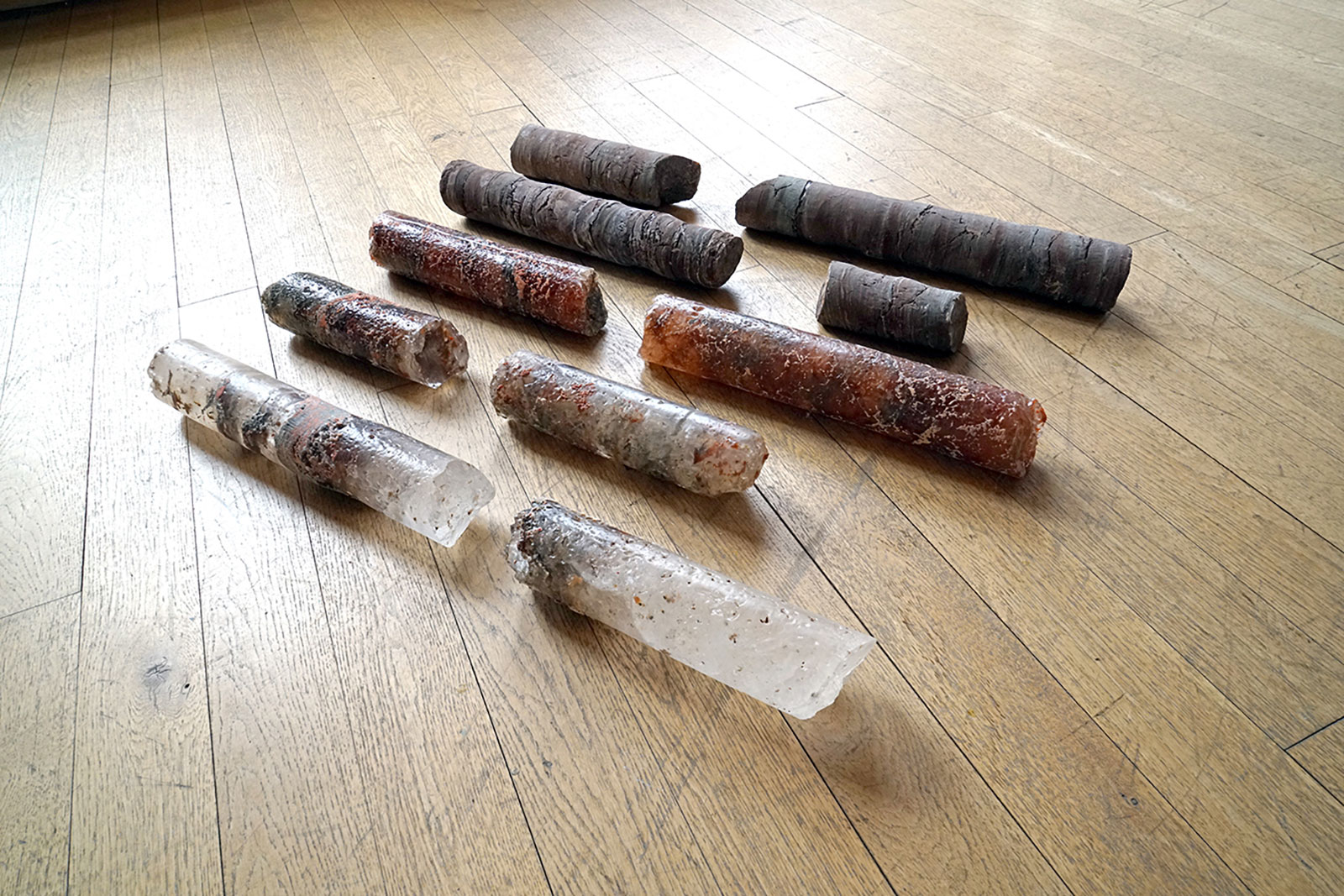

Zechstein Sea REM-(1916 Relative states of matter) installed (2017)
